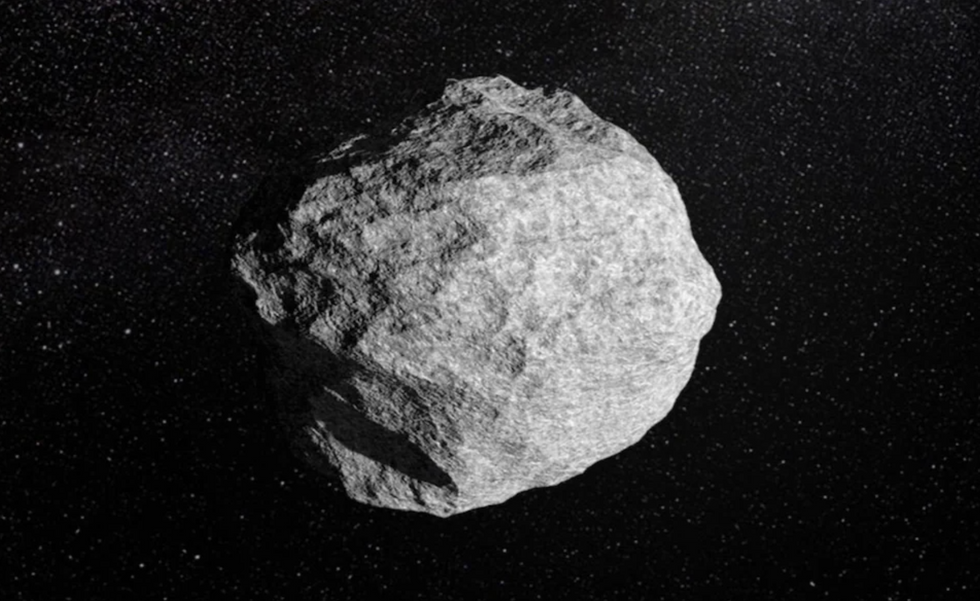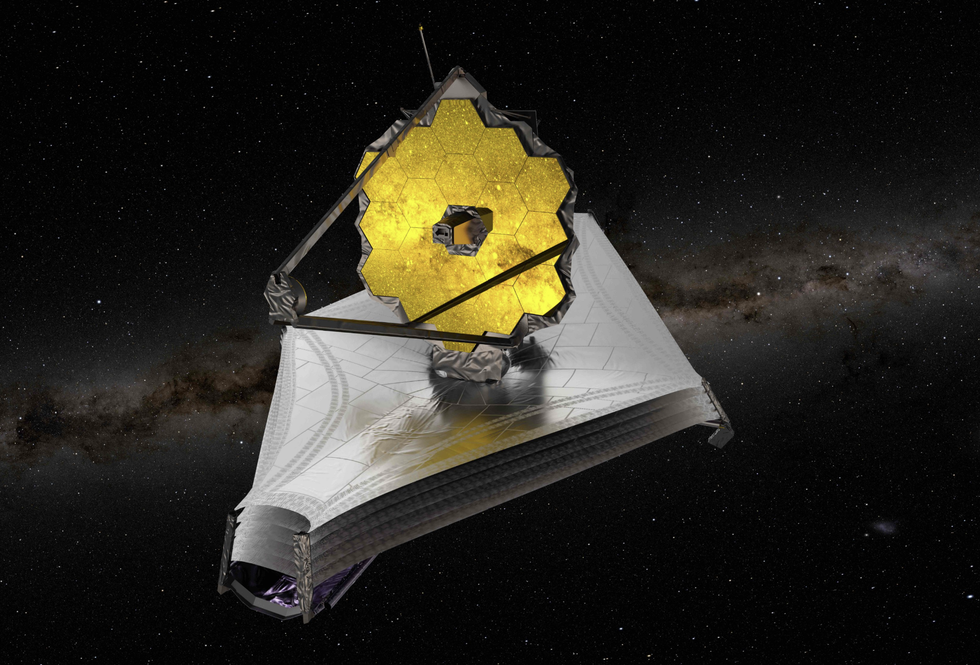'City-killer' asteroid update issued by astronomers - as odds shorten on COLLISION
Scientists have warned the chances of a smash from the space rock could surge
Don't Miss
Most Read
Scientists have issued a warning about a massive asteroid, dubbed 2024 YR4, that could strike the Moon in just a few years' time.
Currently, the space rock, described as “city-killer” size, has just a four per cent chance of hitting Earth's lunar neighbour in December 2032.
However, updated observations by scientists suggest the chances of a collision could increase to as much as 30 per cent.
If the asteroid strikes the Moon, it could create a crater around 0.6 miles wide and send debris hurtling toward Earth.

The 'city-killer' has just a four per cent chance of hitting Earth's lunar neighbour
| ESAScientists have said the James Webb Space Telescope (JWST) will have a brief window in February to observe 2024 YR4, offering one of the last clear opportunities to refine predictions of its trajectory before it comes back into view for Earth-based telescopes in 2028.
These observations could substantially alter the estimated likelihood of the asteroid striking the Moon, according to Johns Hopkins University's Dr Andrew Rivkin.
This leaves global space agencies with a shrinking window to determine how to respond.
The space rock has been out of view of our telescopes since mid-2024, making precise predictions challenging for scientists.

The James Webb Space Telescope (JWST) will have a brief window in February to observe 2024 YR4
| ESAHowever, the James Webb Space Telescope’s position in orbit will allow it to see 2024 YR4 for two short windows on February 18 and 28.
The observations could refine scientists’ understanding of the asteroid’s location and speed.
Dr Rivkin and his team have estimated how these February observations might affect the calculated probability of a lunar impact.
The scientists estimate there is an 80 per cent chance that the new observations will lower what we believe the likelihood of 2024 YR4 striking the Moon to be to below one per cent.
SPACE - READ THE LATEST:
However, there is a five per cent possibility that the data could increase the predicted chance of impact to 30 per cent.
The findings are crucial, as agencies such as Nasa and the European Space Agency have limited time to decide whether any action is needed to deflect the asteroid to avoid lunar devastation.
Nasa’s Dart mission found that crashing a satellite into an asteroid can alter its course enough to prevent an impact with Earth or the Moon.
But techniques such as these only produce small shifts in an asteroid’s trajectory and must be implemented years in advance to be effective.

Nasa’s DART mission demonstrated that crashing a satellite into an asteroid can alter its course
|REUTERS
Speaking to New Scientist, Dr Rivkin said: "By 2028, it would be cutting things very, very close, and so getting it in early 2026 instead gives some extra time."
The asteroid could strike the Moon at speeds exceeding 29,000mph, generating a blast 500 times more powerful than the atomic bomb dropped on Hiroshima.
The impact could send around 10,000 tonnes of lunar rock hurtling into space.
There a fears that this debris could pose a serious threat to satellites in low-Earth orbit, which are vital for communications and navigation worldwide.
Our Standards: The GB News Editorial Charter










